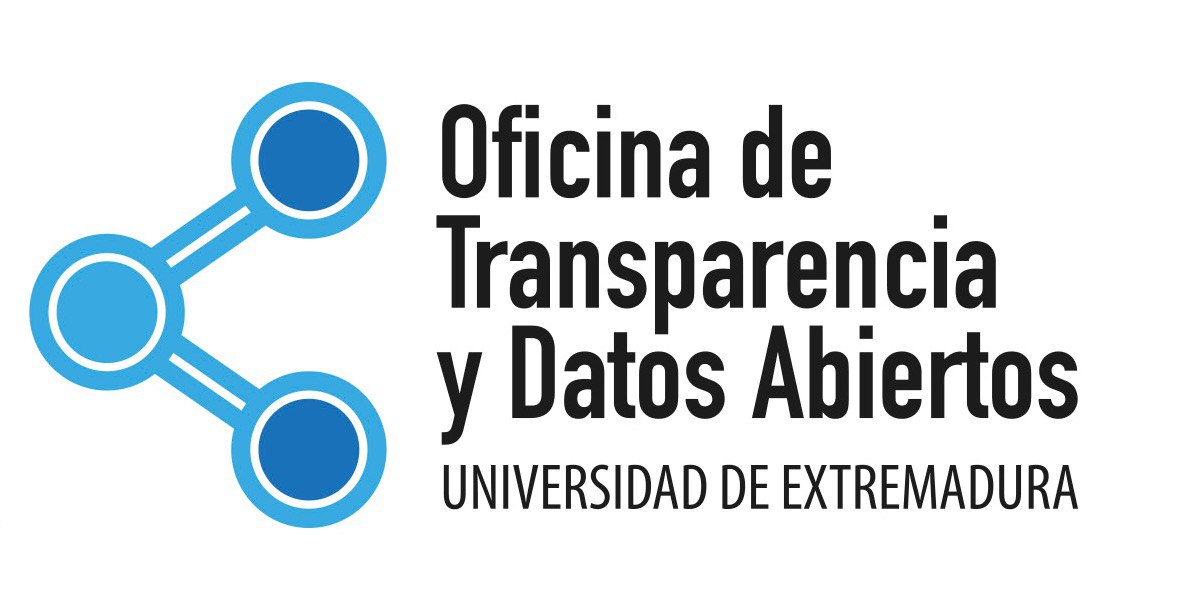PUBLICACIÓN
Intermolecular C−C Coupling between 1-Methyl-1,2,3-Triazole and 2,2′-Bipyridine or 1,10-Phenanthroline in MoII Complexes
Fombona S.; Perez J.; Diaz J.; Riera L.
2017 CHEMISTRY-A EUROPEAN JOURNAL
Chemistry (miscellaneous) (Q1)
JCR: 5.16
SJR: 2.265
CITAS
8
DOI
10.1002/chem.201703524
EID
2-s2.0-85031725204
ISSN
0947-6539
EISSN
1521-3765
BIBTEX
@article{doi:10.1002/chem.201703524, author= {Fombona Sergio and Pérez Julio and Díaz Jesús and Riera Lucía}, title= {Intermolecular C−C Coupling between 1-Methyl-1,2,3-Triazole and 2,2′-Bipyridine or 1,10-Phenanthroline in MoII Complexes}, journal= {Chemistry – A European Journal}, volume= {23}, number= {71}, pages= {17870-17873}, keywords= {carbonyl complexes, C−C coupling, dearomatization, molybdenum, triazole}, doi= {10.1002/chem.201703524}, url= {https://onlinelibrary.wiley.com/doi/abs/10.1002/chem.201703524}, eprint= {https://onlinelibrary.wiley.com/doi/pdf/10.1002/chem.201703524}, abstract= {Abstract Unsupported 1-methyl-1,2,3-triazole has been coordinated to {Mo(η3-methallyl)(CO)2(N-N)} (N-N=2,2′-bipyridine, bipy; or 1,10-phenanthroline, phen) fragments, yielding cationic complexes that can be regarded as metalated triazolium salts. Their reactivity towards a strong base led to the deprotonation of the C5−H group of the triazole moiety, followed by an intermolecular nucleophilic attack to the ortho CH group of a bipy or phen ligand affording cyclic, bimetallic dearomatized C−C coupling products. The reaction of the neutral bipy derivative with an acid led to the formation of dihydropyridyl units by protonation of a CH group of the dearomatized rings, the dimeric nature of complexes being mantained upon protonation.}}
AUTORES DE LA UEX


